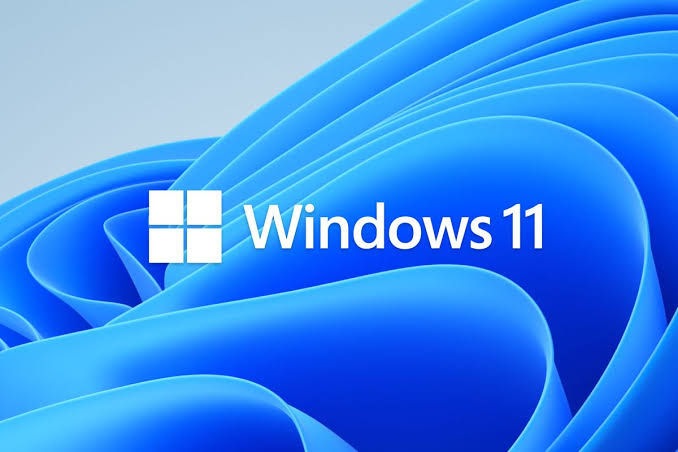
Finally, Microsoft has officially released Windows 11 for their users, so you don’t have to use it’s a pirated version because it is free for every Windows user. In this article, we are going to teach you how to install Windows 11 on your PC and laptop.
To install Windows 11 on the machine, your device should meet the minimum requirement of windows 11. If your device does not meet with requirements you may not be able to install windows 11.
System Requirements For Installation Of Windows 11.
| Processor | 1 gigahertz (GHz) or faster with 2 or more cores on a compatible 64-bit processor or System on a Chip (SoC) |
| RAM | 4 gigabytes (GB) or more |
| Storage | 64 gigabytes (GB) or more |
| System Firmware | UEFI, Secure Boot capable |
| TPM | Trusted Platform Module (TPM) version 2.0 |
| Graphics Card | Should be compatible with DirectX 12 or later with WDDM 2.0 driver |
| Display | High definition (720p) display that is greater than 9” diagonally, 8 bits per color channel |
Moreover, Windows 11 Home edition requires internet connectivity and a Microsoft account to complete device setup on first use.
How to Install Windows 11?
STEP 1: Downloading Required Files
Before we start with the setup of Windows 11, firstly download the below files to your PC. Clicking on the file names will lead you to the respective download pages of the below-mentioned files.
- Windows 11 ISO Mega download link (you can download from Microsoft)
- RUFUS Bootable USB maker(minimum 8-gigabyte pen drive)
- TMP error fix ( this file is required to avoid Windows 11 installation error)
For easy access to the downloaded files, you may copy all the files to the desktop.
STEP 2: Create Windows 11 Bootable USB Using Rufus
Secondly, for installing Window 11 on your PC, you need a USB Drive to create a bootable USB Drive for PC. In this case, we use Rufus to create a bootable drive because it is lightweight, powerful and easy to use.
To download Rufus, click here. Once you downloaded the Rufus on your machine, “Run” the downloaded file and connect your USB. Rufus will automatically detect your USB Drive in the device section, now in the “Boot section” select the option “Disk or ISO-Image” and click the “SELECT” button, and browse Windows 11 ISO file which we have downloaded in the previous step. Make all fields as shown in the image below.

Further, doing the above settings as shown in the image, click the “START” button. Make sure to backup data of your USB, as your pen drive will be formatted in this step. It will take 5 to 10 min to complete this process. Once the process is completed, it will successfully create a Window 11 bootable USB Drive.
STEP 3: TMP Error Fixing
Open TMP 2.0 zip file and replace dll into bootable pen drives source folder.

Your bootable pen drive is ready to install windows 11.
STEP 4: Boot Up With Bootable Pen Drive
Reboot your PC and boot from windows 11 bootable pen drive. Select Windows 11 Pendrive from the Boot menu.
Note: This step is different for every PC
STEP 5: Windows installer
Now the windows installer will load from the bootable pen drive, windows 11 installer is similar to windows 10 so you won’t face any issue. Click next and install.

Select I don’t have a product key and continue.

Select the Windows version you want to install

Now accept the applicable notice and license terms and click next

After that select custom install and continue

You have done all the above steps so now you need to create a partition. In our case, we have 500 GB of the hard disk drive so we have to create a 100 GB partition to install windows 11.
Now click on new and make a 100 GB partition and click next.

Similarly, create another partition of unallocated space.

Select 100 GB of space partition to install Windows 11 and click next

Once installation is finished remove your pen drive and restart your computer and configure the Windows setup wizard.
Voilà! It’s Done. Enjoy using Windows 11.
For more information like this. Stay connected with us by Subscribing to our Newsletter.

